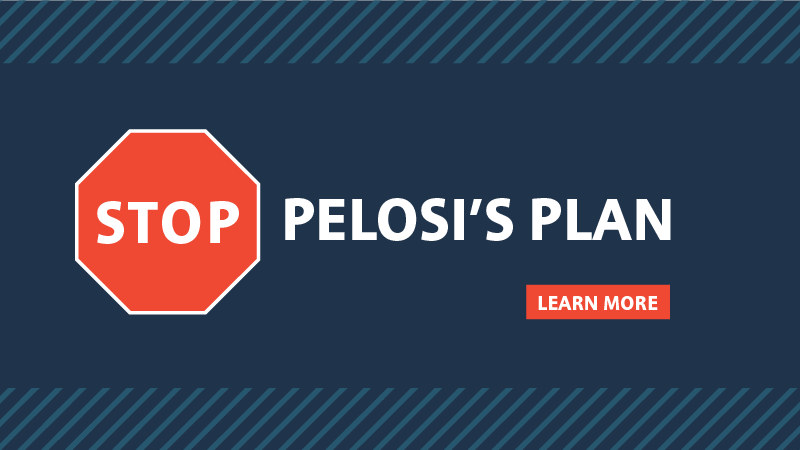There are about 7,000 rare diseases and half of these affect children. According to the National Institutes of Health (NIH), 30 million Americans, or 10 percent of the population, have one of the nearly 7,000 known rare diseases. A disease is defined as a rare or orphan disease when it affects fewer than 200,000 people in the United States.
Sadly, rare diseases account for 35% of all deaths during the first year of life, and 30% of children with a rare disease will not live to see their 5th birthday. These diseases – such as Cystic Fibrosis (CF), Sickle Cell Anemia, Neonatal-onset Multisystem Inflammatory Disease (NOMID) and Mucopolysaccharidoses (MPS), are scientifically complex and there is a tremendous unmet medical need. In fact, only about 5% of rare diseases for all populations currently have an approved treatment option.
Unfortunately, the recent drug pricing legislation, H.R. 3, unveiled by House Speaker Nancy Pelosi could threaten future discoveries that could help patients in desperate need of treatments.
Research and development (R&D) for rare pediatric disorders is particularly difficult and requires a significant amount of time and resources. A small patient population, along with scientific, ethical, operational, and enrollment challenges that are unique to pediatric and rare disease clinical trials add to the challenge of developing treatments.
Despite these hurdles, medicines for rare diseases, including those that may treat children, now account for 31% of the R&D pipeline, up from 18% in 2010, underscoring the biopharmaceutical industry’s commitment to finding treatments and cures for patients in need. Further, sustained R&D investment in rare disease drug development is now driving rapid growth in later stage clinical trial activity. And more progress is being made. Recent approval of treatments for life threatening diseases – including for cystic fibrosis – show signs of promise for rare pediatric treatments and therapies.
There are currently more than 560 medicines in development for all rare diseases, including medicines that may treat children. There are approximately 2,100 industry-sponsored pediatric clinical trials are underway in the United States right now.
However, Pelosi’s plan could negatively impact investment in new treatments and limit the resources needed to bring these crucial medicines to market by imposing unprecedented government price setting over innovative medicines and risk future funding for needed treatment options. Rather than undermining the market with price controls that could hurt both research and patient access to treatments, policymakers should look for solutions that prioritize lowering out-of-pocket costs for patients while maintaining an environment that supports investment and innovation. We can’t leave patients with rare pediatric diseases behind.
Learn more about Speaker Pelosi’s drug pricing plan here.
Take action and tell Congress to stop Speaker Pelosi’s plan here.



